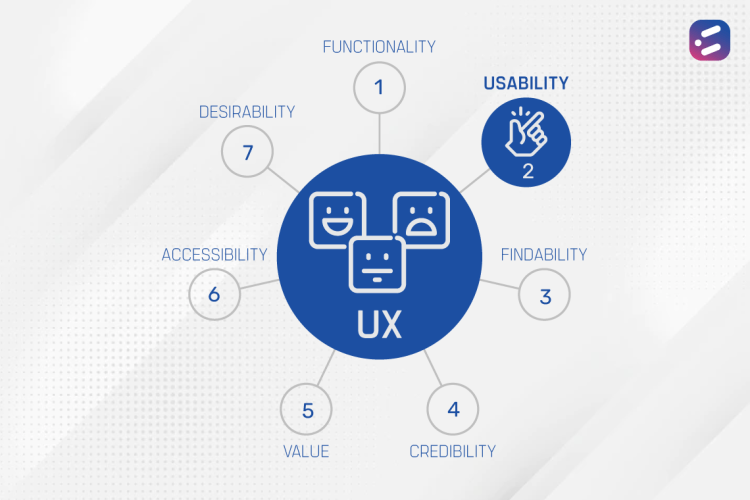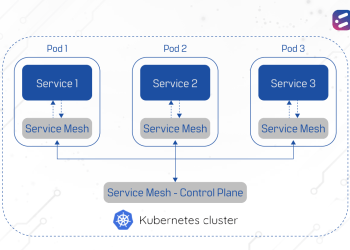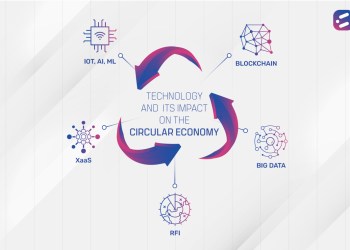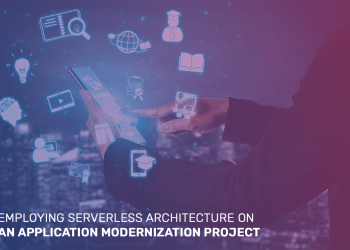UI, UX, and Usability are terms that are too often confused with one another. No, UI is not the same as “UI/UX” – UX is a far broader discipline in itself. And Usability is not the same as UX either – it is just one of the 7 components of UX. So let’s dig a little deeper!
User Experience (UX)
User Experience is defined by Gartner as “the sum of the effects caused by a person using a digital solution. UX efforts concentrate on the experience people have when interacting with a specific product or solution”.
Therefore, UX deals with the user’s feelings about your application, and the factors that drive these feelings. As we mentioned before, UX comprises 7 components:
- Functionality
- Usability
- Findability
- Credibility
- Value
- Accessibility & Responsive Design
- Desirability
Components of UX in the real world
To understand this better, let’s look at the example of a project that we delivered recently – the modernization of a learning management system (LMS) – and how our work translated into measurably better UX metrics.
We’ll discuss Usability alone in Part 2 of this blog, to contrast it against the rest of the components of UX.
1. Functionality
Functionality refers to whether or not the application is useful to its users.
In the LMS modernization project we are referring to as an example, a gap analysis was performed between the client’s legacy system and the business requirements to be met by the modernized application.
This made it possible to develop specific functionalities that end users would require, making the app more useful.
3. Findability
Referring to the ease of navigation on the application to find what the end user is looking for, Findability was a key consideration in this project.
Very limited sub menus were used in the application, making for a simple navigation, making it easy for a user to locate and access the available functionalities. This enabled a DIY approach to operations, without the need for users to constantly seek support.
4. Credibility
The trust that an end user has in an application tends to depend on easy access to support, current or recently updated content, and reliable, bug-free operation.
This was addressed through an easy to reach helpdesk, simplified LMS admin operations for faster and easier content management and updates, a Platform as a Service approach that ensured extensive testing as part of any new development, and upgraded infrastructure to ensure reliably high performance.
5. Value
The value that an end user derives and perceives from an application plays a major role in customer satisfaction.
With easy navigation and access to features, coupled with reliability and strong performance, not to mention an upgraded feature set, the modernized application is able to deliver value that is easy to understand and acknowledge by the end user.
6. Accessibility & Responsive Design
Ease of access via different devices is an important factor in determining the user experience of an application.
The modernized LMS that was developed for our client was tested extensively across both real and simulated device environments, to ensure a seamless experience across screen sizes and operating systems.
7. Desirability
What sets one digital experience apart from others is often the right combination of UX factors working together to create a seamless experience that delivers customer delight.
In this project, this was achieved through our attention to solving for the entire hierarchy of user needs, and helped make the product functional, reliable, usable, and also pleasurable to use, aided by its coherent visual design.
Stay tuned for our next blog which will focus on component 2 of UX – Usability.
At CloudNow, a lot of the work we do boils down to creating a high quality user experience. It’s a subject we’ve built considerable expertise in, and plays a key role in determining the success of our work. Not sure how to put the theory of User Experience into practice in your project? Talk to us today!













